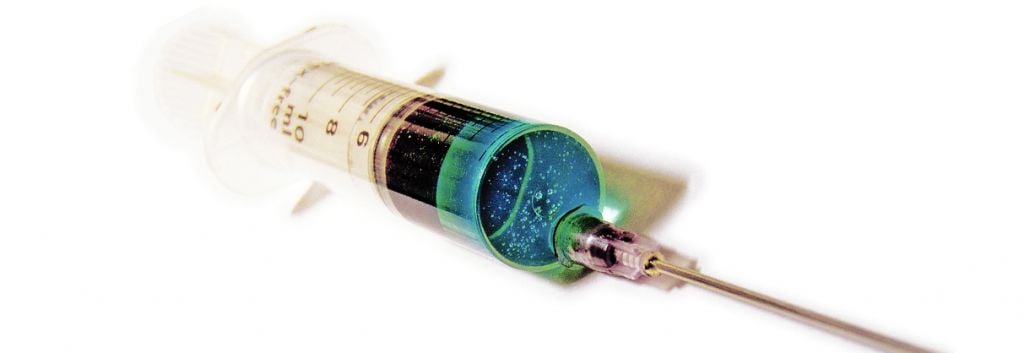Hundreds of millions of people all over the word suffer from type 2 Diabetes and the competition between pharma companies is fierce. Amongst them, Sanofi must think that good things come to those who wait. After years of delay, the French colossus is convinced with the Phase IIIb results on its type 2 diabetes treatment.
“Forewarned is forearmed”, must have thought Sanofi as Novo Nordisk struggled with the FDA’s strict requirements concerning its type 2 diabetes therapy last year. The FDA toughened the regulation process for the new generation of diabetes treatments which is why Sanofi decided to take its time designing a 5-year study for its therapy.
Patients with type 2 diabetes have lower levels and impaired action of glucagon-like peptide-1 (GLP-1). GLP-1 agonist drugs mimic the action of this hormone stimulating the body’s natural production of insulin, lowering blood sugar and body weight in the process. The drug, lixisenatide, is already commercialized in Europe under the name “Lyxumia”, despite there being no GLP-1 treatment with a proven safety profile in a long-term trial yet.
Dr. Marc Pfeffer, Professor of Medicine at Harvard Medical School, made it clear: people around the world are being treated with GLP-1 receptor agonists, and the cardiovascular effects were unknown. Sanofi has now collected long-term data that, hopefully, will secure a good position for lixisenatide in the already-busy diabetes field.
Yet, whilst Sanofi’s Project was in a state of limbo, other companies slipped into the diabetes market. The world’s biggest GLP-1 treatment, Victoza, sneaked a couple of billion every year into Novo Nordisk’s pockets. In the meantime, last year, Eli Lilly’s Trulicity proved itself non-inferior to Novo’s blockbuster in phase III.
The diabetes arena, however, is not populated with just GLP-1 analogues. With more than 382 million people living with diabetes worldwide, 90% of which suffering from type 2 diabetes, everybody wants a slice of this lucrative market. Novo Nordisk, after facing a stiff FDA rejection of its candidate Tresiba, recovered ground after launching the Xultophy combo in Europe. The dual treatment consists in a single daily injection combination of insulin analogue Tresiba and Novo’s GLP-1 receptor agonist Victoza. The combination beat Sanofi’s billion-worth Lantus in a successful phase III. However, Sanofi didn’t stay still and decided to launch Toujeo, a once-a-day insulin that might receive the baton from Lantus. Eli Lilly, another frontrunner in this diabetes rough sea, lagged behind as its long-acting insulin needed to be delayed by at least two years due to liver concerns.
In this competitive framework, Sanofi’s only chance is to pair up its GLP-1 with a long-acting insulin in the US, the same way Novo Nordisk hit the European market. With Novo’s delay due to the FDA’s rebuff, Sanofi has good chances of winning the American market, although it will need to wait for the FDA’s final decision.





